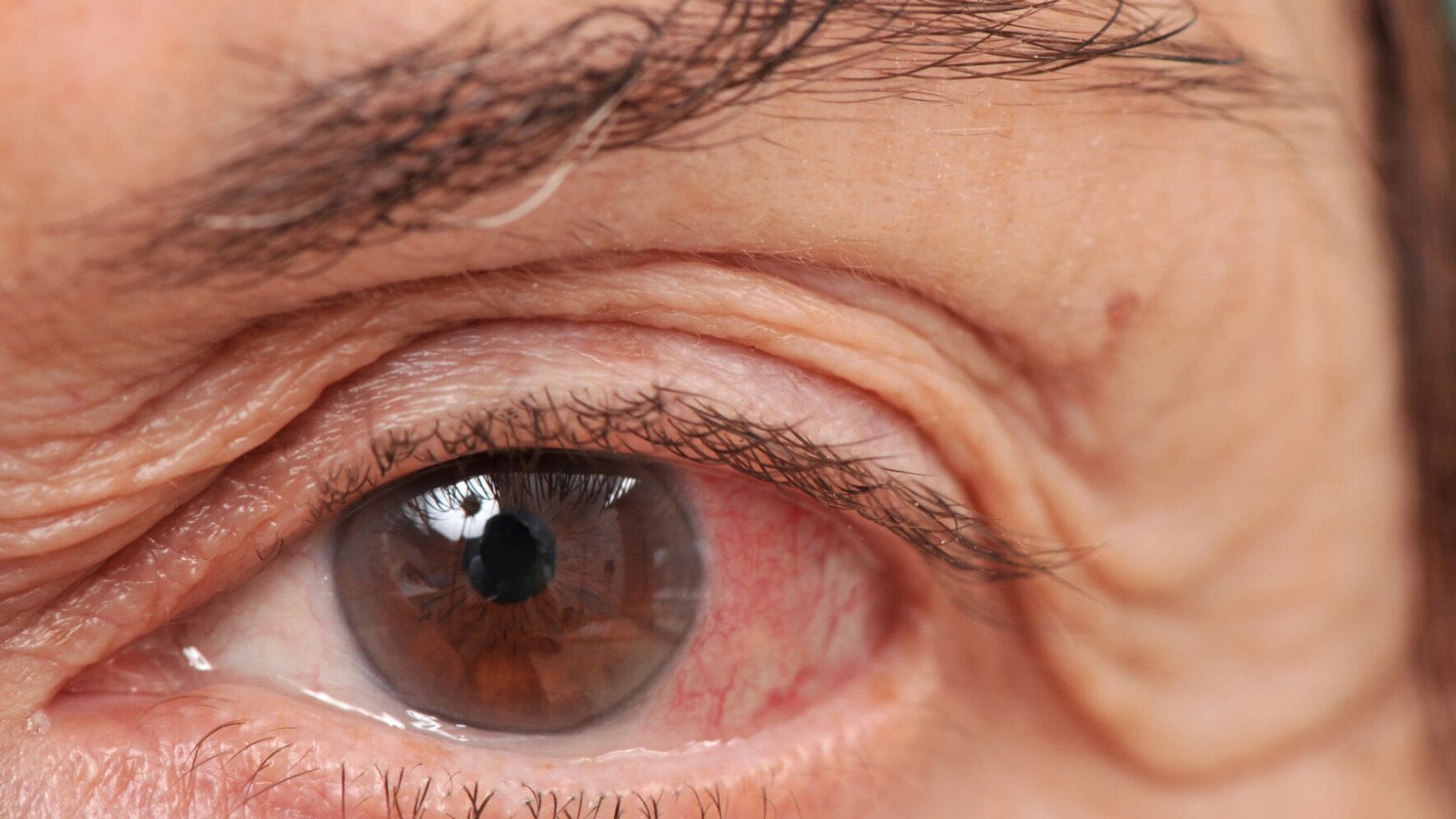
Glaucoma is a condition that damages the optic nerve of the eye as a result of fluid build-up in the front part of the eye. This extra fluid results in an increase in the pressure on the eye, thereby damaging the nerve. This medical condition is believed to be the leading cause of blindness in people over 60 years of age. Early treatment of Glaucoma from a good eye hospital is the only way you can prevent this condition and keep your eyes healthy.
Causes of Glaucoma
The fluid inside the eye is referred to as Aqueous humour. It generally flows out of the eye through a mesh-like channel. There is a possibility of liquid build-up if this channel gets blocked. Sometimes it becomes difficult to detect the cause of this blockage. However, it is believed to be inherited. The less common causes noted are inflammation, blocked blood vessels in the eye, severe eye infection, chemical injury, and more.
Different kinds of Glaucoma
Glaucoma can be characterised as two major types called –
1. Open-Angle Glaucoma
Also known as Chronic or Primary Glaucoma, there is an open and wide-angle where iris meets the cornea resulting in clogging. It is also one of the most common types of condition found in over 90% of those suffering glaucoma.
2. Angle-Closure Glaucoma
This is a less common condition where the angle between the cornea and iris is quite narrow or closed.
Apart from these two common types, there are also other types of glaucoma, such as:
- Congenital Glaucoma
- Secondary Glaucoma
- Normal-Tension Glaucoma
- Pigmentary Glaucoma and more
Risk factors linked to Glaucoma
This condition generally affects adults over 40. However, even infants and children can have it. You are more likely to develop this condition if you –
- Have a family history of glaucoma
- Have diabetes and poor vision
- Have had an injury to your eyes
- Have thinner cornea
- Farsighted or near-sightedness
Symptoms of Glaucoma
Many people with glaucoma do not experience any symptoms. If there are any, it is usually when the condition has progressed to a final stage. A primary sign one would notice is the loss of peripheral or side vision. The damage is quick and hence getting the right medical care is extremely important.
If you are experiencing any of the following symptoms, you need to seek medical care instantly.
- Eye pain
- Seeing halos around lights
- Redness in the eye
- Vision loss
- Vomiting or upset stomach
Diagnosis of the condition
The tests to detect glaucoma doesn’t take long and are generally painless. Your doctor will test your vision by dilating your pupils with drops. This makes it easier to examine the optic nerve for signs of glaucoma. They capture multiple images of your eyes so that they can monitor the changes. A test called Tonometry is done to check your eye pressure.
Treatment of the condition
Depending on your condition, your doctor may prescribe you oral medications, eye drops and microsurgery or laser surgery for lowering the pressure in your eyes.
Eye Drops & Oral Medication
These drops will easily lower the fluid build-up in your eyes. The objective is to reduce the eye pressure by increasing the flow out of fluid. Oral medication helps improve drainage and slow down the creation of fluid in the eye.
Laser Surgery
This treatment slightly increases the flow of fluid from the eye and is beneficial in preventing subsequent build-up.
Most individuals do not experience any symptoms of pain initially. The prevention of glaucoma is possible only if you have regular check-ups with a doctor who can help you diagnose Glaucoma cure at an early stage.
